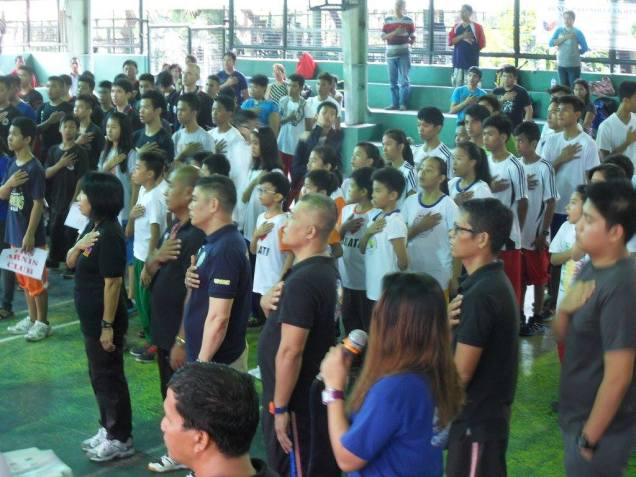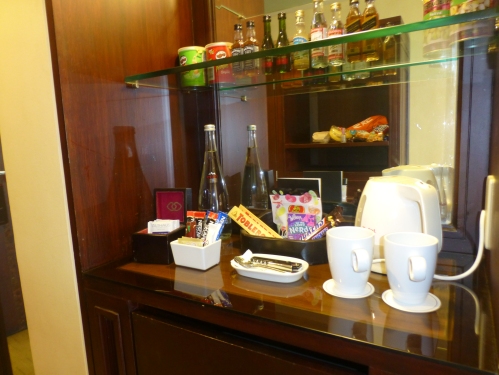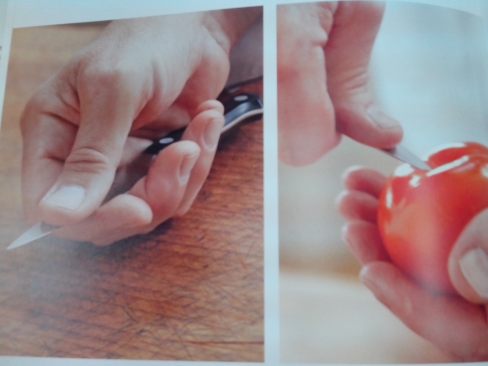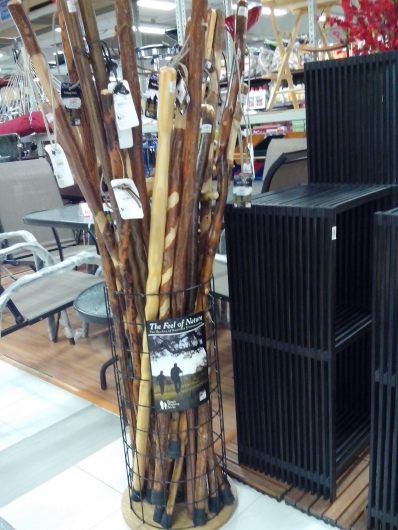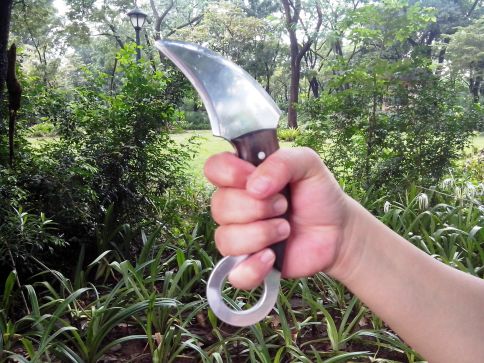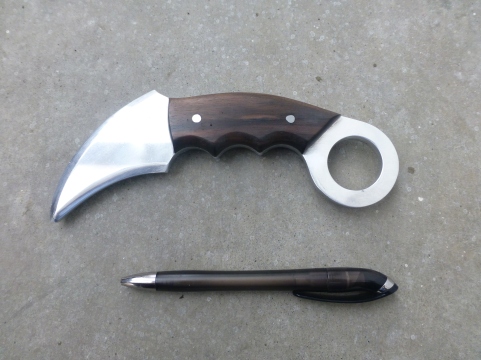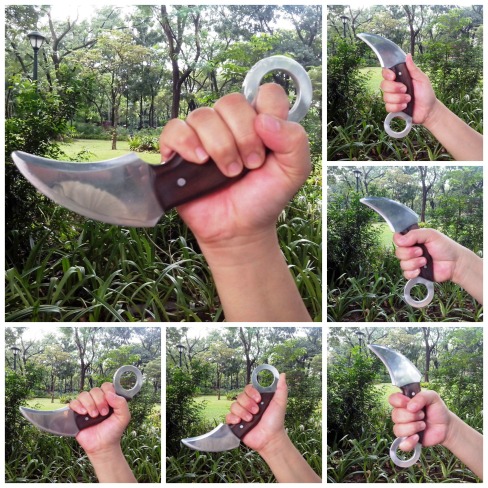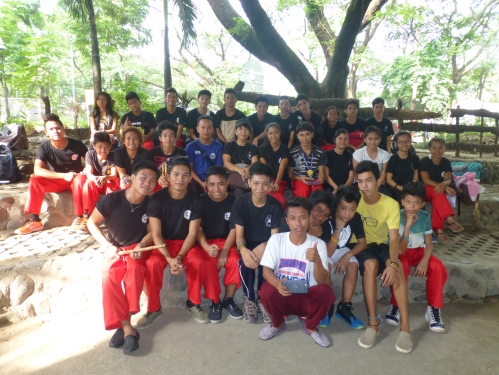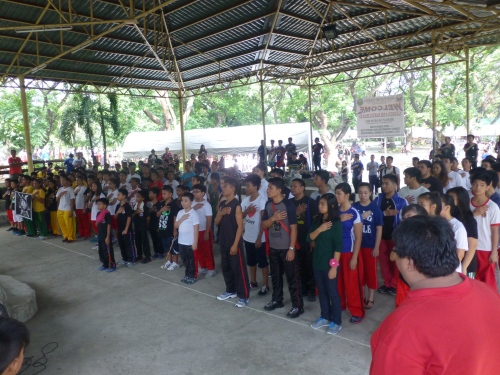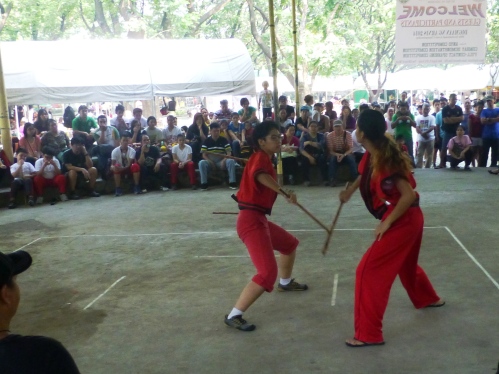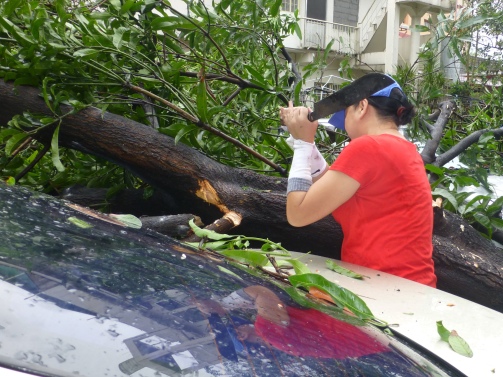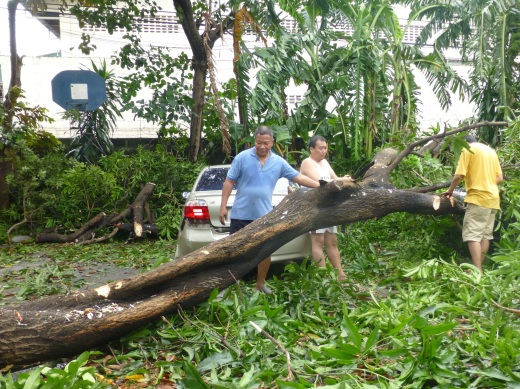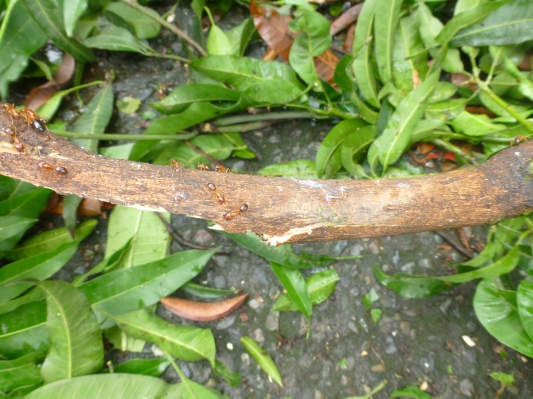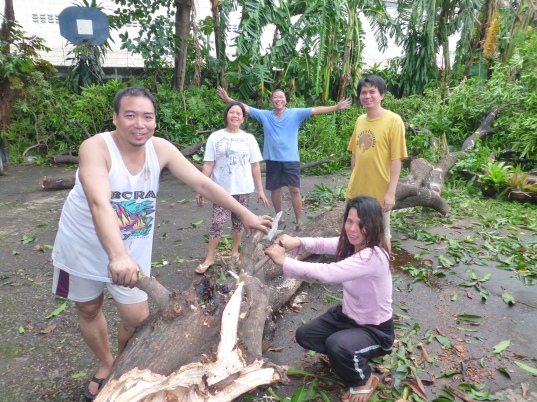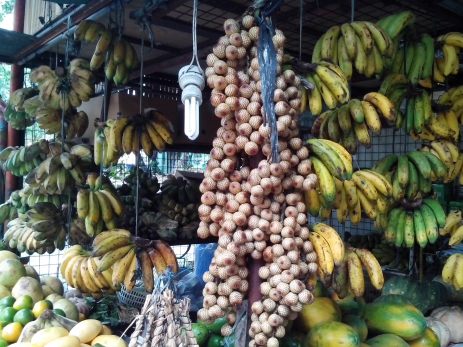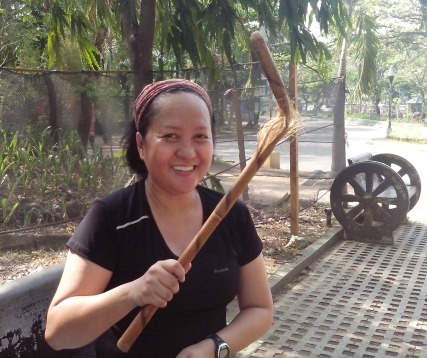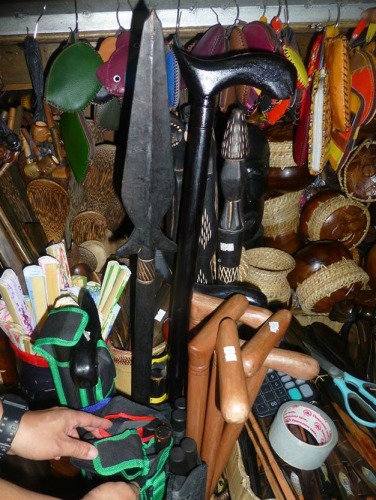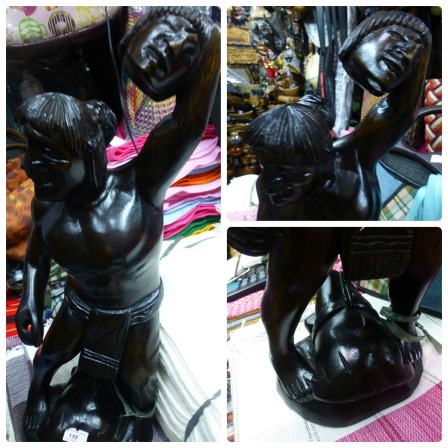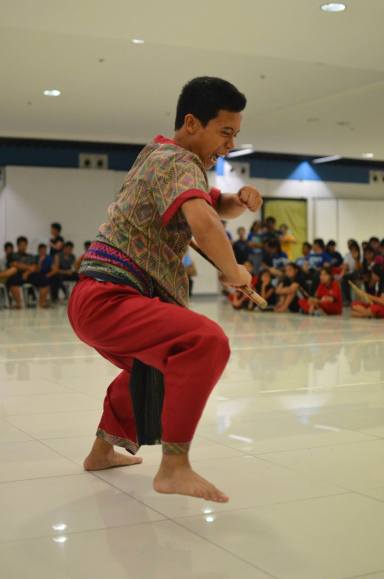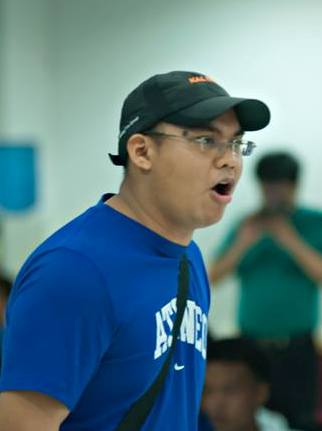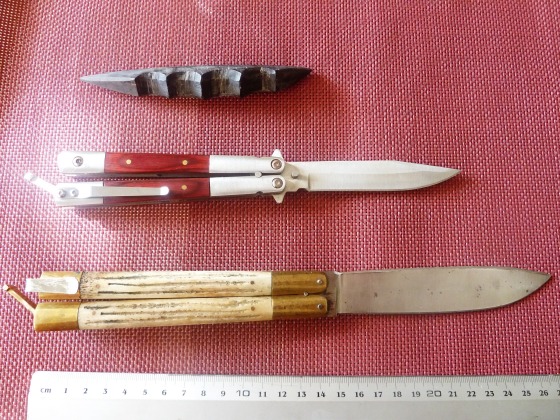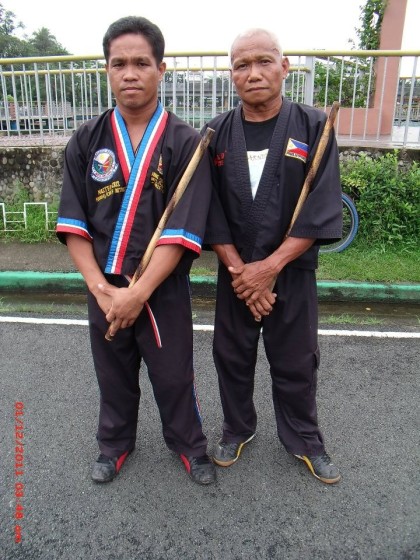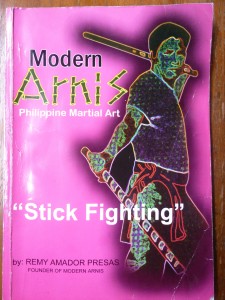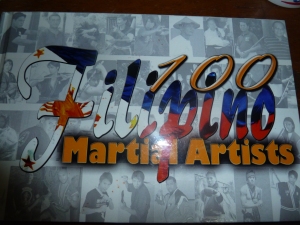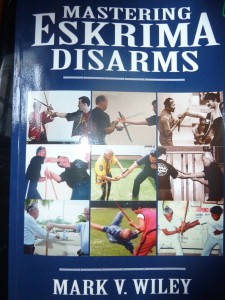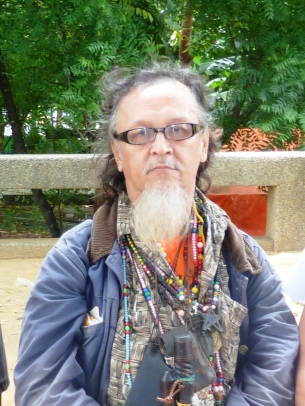
Background
The Southeast Asian (SEA) Games started in 1959 and since then is held every two years (every odd year). It’s a multi-sport event and the Philippines first joined in 1977. Currently, eleven countries participate:
- Brunei
- Cambodia
- Indonesia
- Laos
- Malaysia
- Myanmar
- Philippines
- Singapore
- Thailand
- Timor-Leste
- Vietnam
The Philippines hosted the SEA Games in 1981, 1991 and 2005. In 2019, it will be our fourth time to host.
According to its policy, the host country has the discretion to add any sport (even those that are indigenous to it) provided that at least three countries will be competing in the event.

In 1991, Arnis was included as a Demonstration Sport (a sport played with the main goal of promoting it). It gave the Philippines 14 medals (10 golds, 3 silvers, 1 bronze). But a recent article, reports that it was 16 gold medals.— Note: I don’t know which is correct. I searched the internet for more information but I found none. We sorely lack documentation.

In 2005, Arnis was incorporated as an Official Sport and four countries competed: Philippines, Vietnam, Timor-Leste, and Cambodia. Six gold medals were at stake in Form Competition and Full Contact Sparring. The Philippines won 3 golds (plus 3 silvers) to tie with Vietnam.
2005 Gold Medalists :
- Men’s Synchronized Anyo : Peter Kelvin Celis, Nathan Ben Dominguez, Glenn Llamador
- Women’s Synchronized Anyo: Catherine Ballenas, Aireen Parong, Rochelle Quirol
- Women’s Full Contact Sparring: Anna Joy Fernandez
It would be interesting to know where they are now.
After 2005, Arnis was never played in the SEA games again.
New Developments
Arnis will be played in the SEA Games 2019, if Senator Miguel Zubiri’s wish will come to pass.

Senator Zubiri giving a message at the First National Arnis Congress held on January 12, 2017, in Mandaluyong City, Philippines. Behind him, from left are Hon. William “Butch” Ramirez, Chairman of the Philippine Sports Commission (PSC); Hon. Ramon Fernandez, Commissioner, PSC; Atty. Tonisito M.C. Umali, Asst Secretary, Department of Education. Photo by Paco delos Reyes
Senator Zubiri, the author and sponsor of Republic Act 9850, making Arnis the National Martial Art and Sport of the Philippines, said
“It will be a sin for us not to have Arnis in the 2019 SEA Games.”
OH, GREAT!
I say that both excitedly and nervously.
It’s a golden opportunity for us to highlight Arnis. Of course, I wish for Filipino arnisadors to win the championship cleanly and clearly without controversies.
But as of now, with two years to go, I don’t know of any clear strategy yet. What rules are we using? Who will be our officials? Who are our national athletes? Are they being trained and exposed now? Are they supported? Many questions. Many things to iron out.
How devastating it would be if we get whipped by other more prepared countries. We’re the host and Arnis is our national martial art and sport! We have to win!
I’m scared for us…
*********
This article is based on information I found online.
Thank you for taking the time to read the Deadly Dance blog. A greater thank you if you comment and add depth to this post.
Pugay.
**********
Related Articles:
Zubiri wants Arnis in the 2019 SEA Games/Jean russel David/The Manila Times/January 14, 2017
Fast Facts: Philippines in the SEA Games/Jesson Ramil/Rappler/June 6, 2015
For the 2005 SEA Games complete medal tally, click here.
















